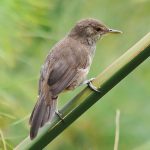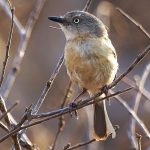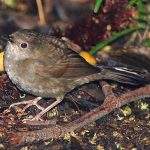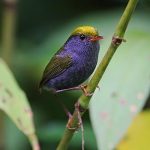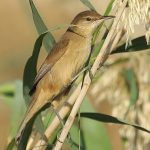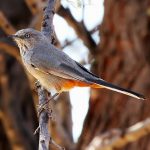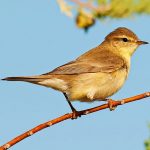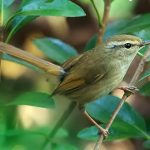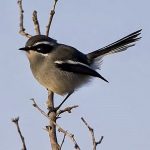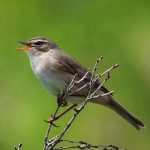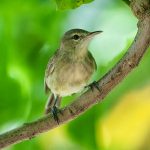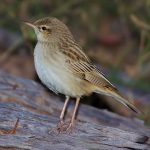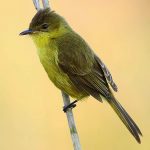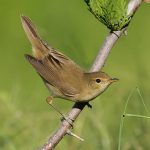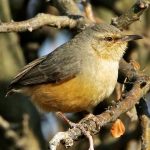Arabian warbler
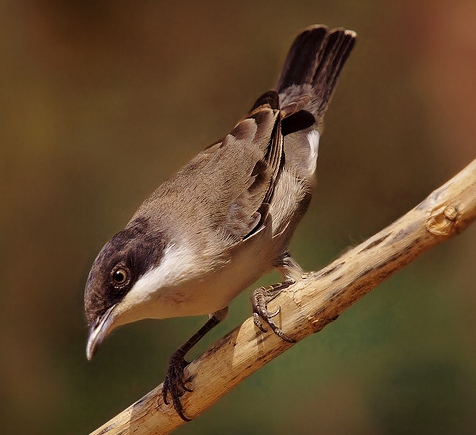
 |
| (Photo from Flickr) |
Common name:
Arabian warbler (en); toutinegra-do-mar-vermelho (pt); fauvette d’Arabie (fr); curruca del mar rojo (es); akaziengrasmücke (de)
Taxonomy:
Order Passeriformes
Family Sylviidae
Range:
These birds are mostly found along the coast of the Red Sea, in north-eastern Africa, in southern Egypt, Djibouti, Eritrea, Somalia and eastern Sudan, and also in the Arabian Peninsula in Oman, Yemen, Saudi Arabia and into Jordan and Israel.
Size:
Arabian warblers are 14,5-16 cm long and weigh 12-14 g.
Habitat:
They are mostly found in dry savannas, at altitudes of 250-1.900 m.
Diet:
These birds are mostly insectivorous, often eating Pyralidae larvae found on the bark of Acacia trees, but will also eat the fruits and berries of various scrubs when available.
Breeding:
Arabian warblers breed in February -July. They build a cup-shaped nest on the canopy of an Acacia tree, 1-3 m above the ground, where the female lays 2-3 eggs. The eggs are incubated by both parents for 16 days. The chicks are fed by both parents and fledge 10-17 days after hatching, but may continue to receive food from the parents for another 7-8 weeks.
Conservation:
IUCN status – LC (Least concern)
This species has a relatively large breeding range and is reported to be frequent in Africa. The population is suspected to be in decline owing to degradation of Acacia groves.



